I have been concerned about an issue I have seen with an LLC resonant transformer I have been designing in a pulsed power application. The core is designed to avoid saturation at the maximum applied H-bridge voltage and the core area/number of turns. Not a problem.
However, since this is a multi-resonant transformer, the resonance of which changes with load, there is a low frequency induced within the resonant tank when the H-bridge is turned off or the load is discharged. I have attached a photo of this phenomenon.
My question is, does one expect the transformer to run into saturation if the applied voltage is say 10x less than that which it was designed for, even if no significant magnetizing current exists? I know that the applied H-field induces the B-field which causes the saturation, but the equation for transformer saturation seems to only be a function of applied voltage irrespective of current:
Bs = (VT * DUTY/FREQ)/(N*AE).
But I do not see how a transformer can saturate without any magnetizing current as a H-field would not be produced.
Best,
JVN
